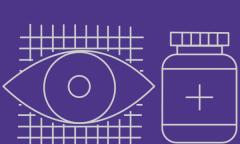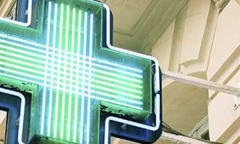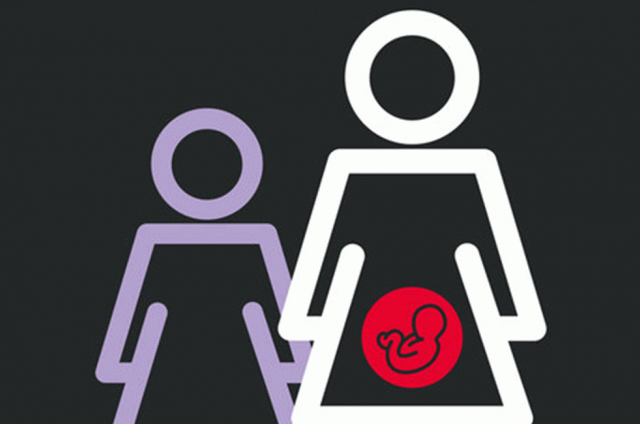Anti-seizure medication (ASM), works by controlling the electrical activity in the brain that causes seizures. It does not cure epilepsy and is not used to stop seizures while they are happening.
Anti-seizure medication works best if taken regularly, around the same time each day. The aim of treatment is to stop all of your seizures with the lowest dose of the fewest number of ASMs and with the least side effects. Usually treatment starts using a single ASM at a low dose, which is increased slowly (called titration), until your seizures are controlled. If your seizures are not controlled with this drug, a different ASM is usually tried (by adding in the new drug and then slowly withdrawing the first one). If your seizures are not controlled with a single drug, another drug might be added, so that you take two different ASMs each day.
Most people’s seizures last the same length of time each time they happen and usually stop by themselves. However, sometimes seizures do not stop or one seizure follows another without the person recovering in between. When a seizure goes on for 5 minutes or more it is called status epilepticus (or ‘status’ for short).
Status during a tonic clonic (convulsive) seizure is a medical emergency and needs urgent treatment. Emergency medication is usually prescribed to stop seizures once they have started and if they are going on longer than usual, or if someone has one seizure after another without recovering inbetween. Specialist training is needed to give emergency medication.
Information updated: May 2023
Anti-seizure medication (ASM)
Anti-seizure medication (ASM), previously known as anti-epileptic drugs or AEDs, is the main type of treatment for most people with epilepsy, that aims to stop seizures from happening.
Emergency medication
Information and training for people who are responsible for giving emergency medication to people with epilepsy.

Who can I talk to?
You might want to talk to your specialist, epilepsy specialist nurse or GP, about your epilepsy. You might also want to talk to your pharmacist about your treatment. They may be able to do a ‘Medicines use review’ each year where you can talk to them about your medication.
Our confidential epilepsy helpline provides information and emotional support. You can also get in contact with us through Facebook and Twitter.




